Manufacturing Firms in Taiwan Increase R & D Spending
The Ministry of Economic Affairs released data for 2023 showing listed manufacturing companies accelerated their research and development spending to a record high of NT 692.7 billion dollars in the face of a dip in sales and profits. The spending was up 2.9% from 2022, driven mainly by expenditures by those in the electronic parts, computer products and optical components industries. Companies in the electronic components sector spent NT 450.7 billion dollars on R & D last year, up 2.2% and accounted for 65.1% of overall spending, while those in the computer products and optical components sector spent NT 158 billion dollars, up 4% and contributing 22.8% of the total. In terms of individual companies, global foundry giant Taiwan Semiconductor Manufacturing Co. (TSMC) headed the list with R & D spending of NT 178.7 billion dollars, up 11.1% from 2022 and accounted for 25.8% of the total. Smartphone chip designer MediaTek Inc. came in second with spending of NT 80.6 billion dollars and networking chip designer Realtek Semiconductor Corp. was in third place at NT 20.1 billion dollars. Despite the inclement economic weather, firms in Taiwan have still been developing technologies to maintain their leading edge in the market.
Summary of Operating Procedures for Accelerated Examination of Trademark Applications in Taiwan
The Trademark Act was amended last year to cater to those who needed an accelerated examination of their trademark application. The amendment came into effect on May 1, 2024. To help applicants prepare for the accelerated examination, the Operating Procedures for Accelerated Examination of Trademark Applications were announced on April 30, 2024. The main aspects of the procedure are as follows:
- The trademark must be currently in use or there are substantial preparations for use to qualify for accelerated examination. To prove the trademark is undergoing substantial preparations for use the applicant must provide information about the planned use of the trademark, such as samples of goods or services, advertising documents, orders for promotional materials, and advertising contracts.
- For goods or services that are already in use, to prove that there is an urgent necessity for accelerated examination of the trademark application, the applicant must show that the trademark is being used by a third party without its consent, or a third party is requesting authorization for the trademark, or that sales or distribution contracts have been concluded with partner companies. The evidence of actual trademark use must be identical to the trademark applied for.
Relevant evidence should be submitted between filing the trademark application and receiving the first examination notice. The Taiwan Intellectual Property Office will issue a notice to rectify the mistake within 10 working days of receiving the application if submitted documents are incomplete. Applications meeting the requirements for accelerated examination should receive the first examination within two months of filing.
China Revises Implementing Regulations of the Patent Law and Updates Examination Guidelines
In early 2024, China made revisions to the Implementing Regulations of the Patent Law and the Examination Guidelines. The following is a summary of the most notable changes:
- Electronic notifications via the CPC system will no longer have a 15-day grace period. Deadlines will now commence from the date the notification is entered into the CPC system.
- Inventions and utility models disclosed at designated academic or technical conferences within 6 months before the filing date will retain their novelty.
- For design applications, they can now claim national (Chinese) invention or utility model applications as a priority, and the earlier application will not be deemed abandoned.
- If an applicant fails to file a patent or utility model application within the 12-month time limit, they may still claim priority within 2 months from the expiration date of the time limit, if there is a justified reason.
- It is now possible to add or correct a priority claim after filing the Chinese patent or utility application. The request must be made within 4 months from the filing date or 16 months from the filing date of the earlier application, whichever is later.
- Alleged infringers can now request an evaluation report. The eligible applicants for patent evaluation reports include the patentee, interested parties, and the alleged infringer. The applicant of the patent application can request an evaluation report at the registration stage.
- Applicants can file for deferred examination of inventions, designs and utility models although timeframes vary depending on the type of patent.
- Specific rules have been established for compensating patent applicants for unreasonable delay during the processing of a patent, and the request for compensation must be filed within 3 months from the publication of the patent grant.
In early 2024, China made revisions to the Implementing Regulations of the Patent Law and the Examination Guidelines. The following is a summary of the most notable changes:
- Electronic notifications via the CPC system will no longer have a 15-day grace period. Deadlines will now commence from the date the notification is entered into the CPC system.
- Inventions and utility models disclosed at designated academic or technical conferences within 6 months before the filing date will retain their novelty.
- For design applications, they can now claim national (Chinese) invention or utility model applications as a priority, and the earlier application will not be deemed abandoned.
- If an applicant fails to file a patent or utility model application within the 12-month time limit, they may still claim priority within 2 months from the expiration date of the time limit, if there is a justified reason.
- It is now possible to add or correct a priority claim after filing the Chinese patent or utility application. The request must be made within 4 months from the filing date or 16 months from the filing date of the earlier application, whichever is later.
- Alleged infringers can now request an evaluation report. The eligible applicants for patent evaluation reports include the patentee, interested parties, and the alleged infringer. The applicant of the patent application can request an evaluation report at the registration stage.
- Applicants can file for deferred examination of inventions, designs and utility models although timeframes vary depending on the type of patent.
- Specific rules have been established for compensating patent applicants for unreasonable delay during the processing of a patent, and the request for compensation must be filed within 3 months from the publication of the patent grant.



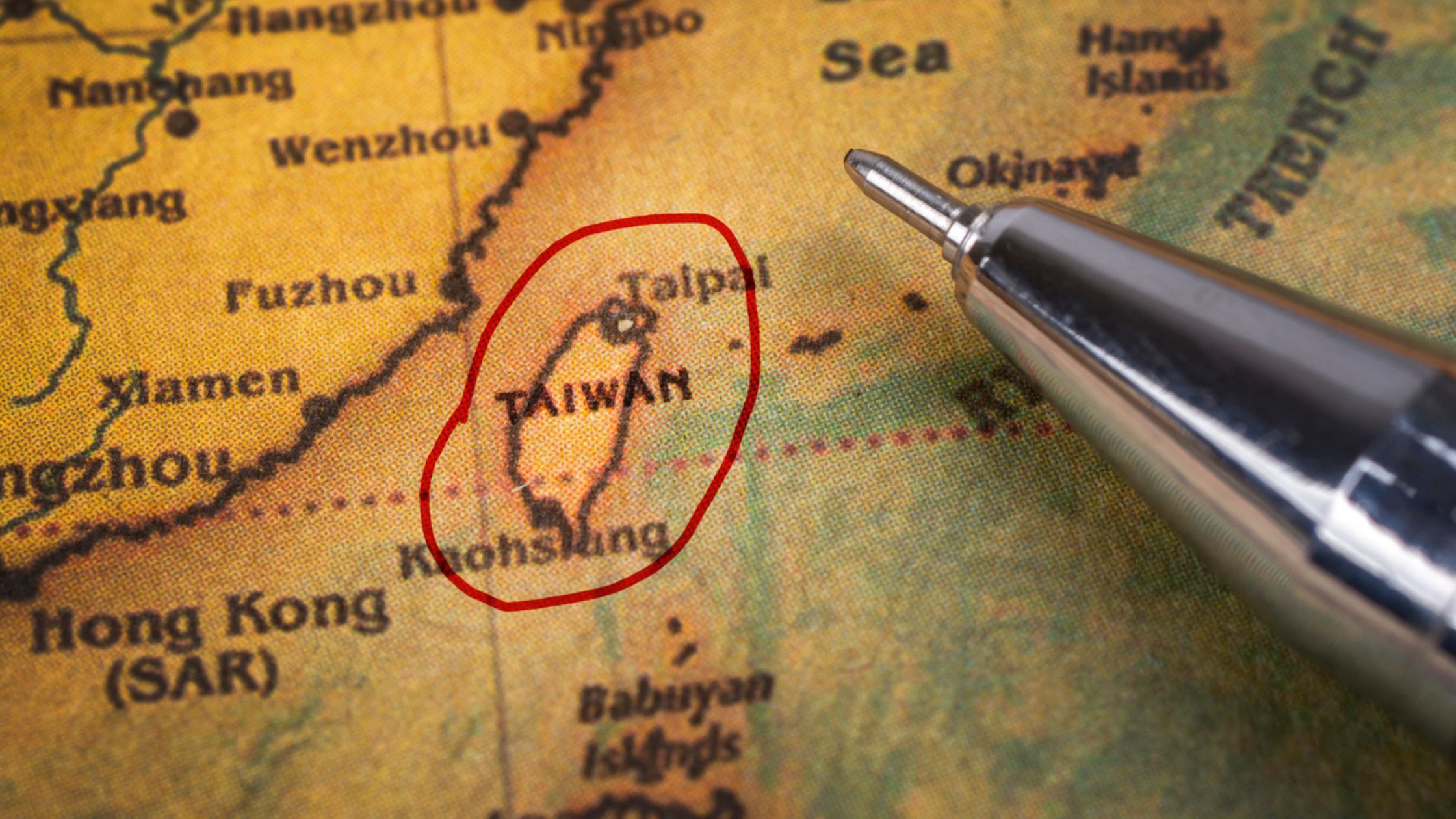
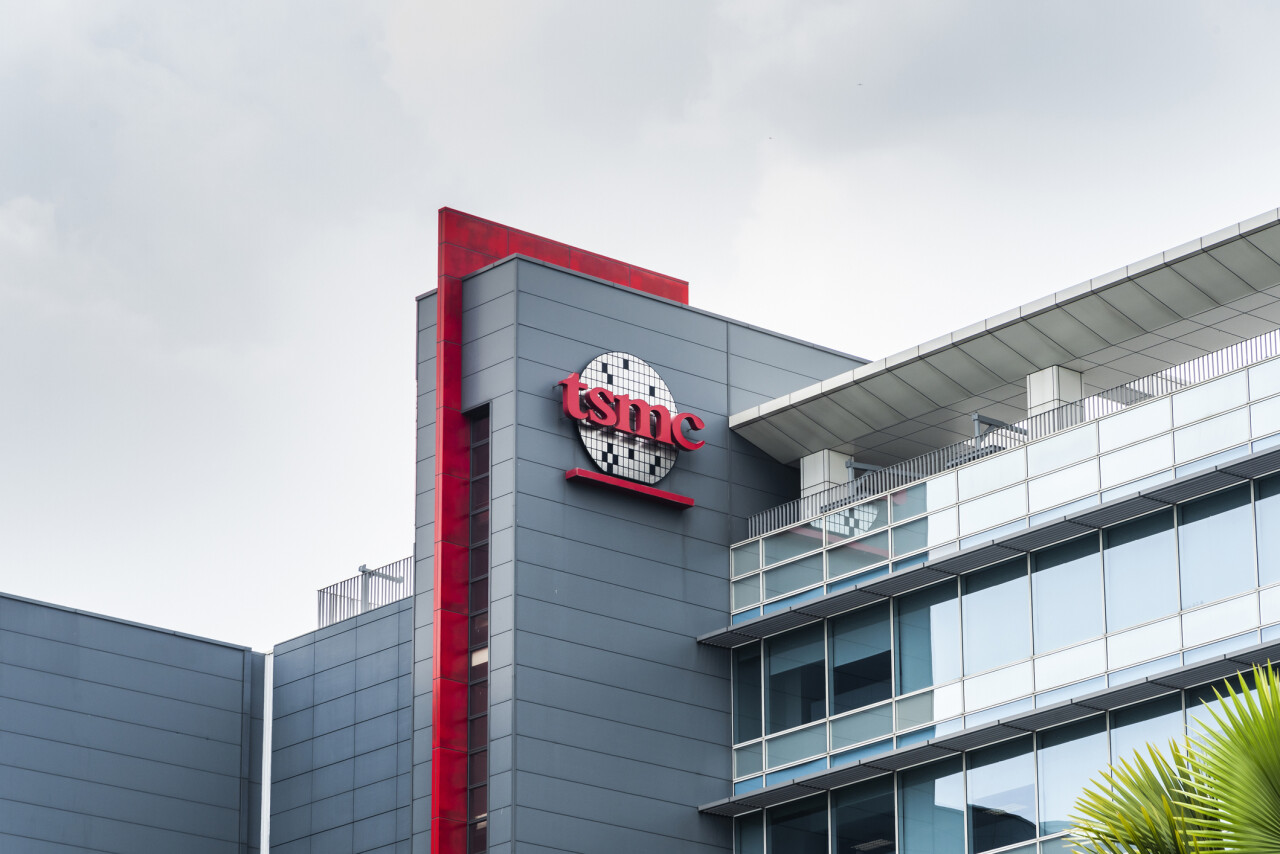



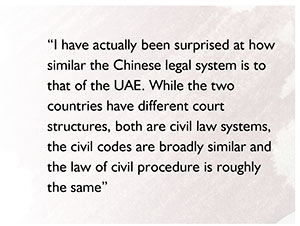


 Deep & Far Attorneys-at-law
Deep & Far Attorneys-at-law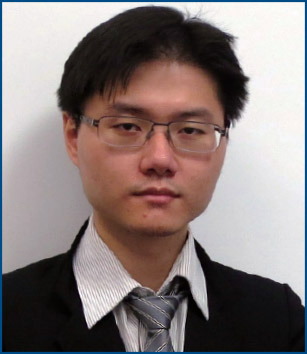 Yu-Li Tsai
Yu-Li Tsai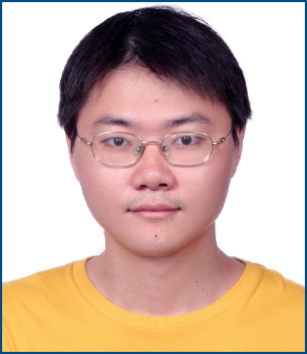 Lu-Fa Tsai
Lu-Fa Tsai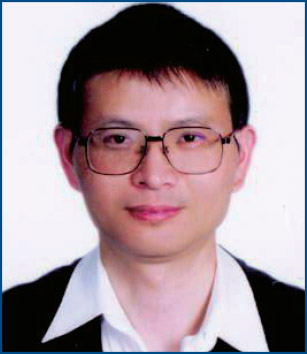 C. F. Tsai
C. F. Tsai







